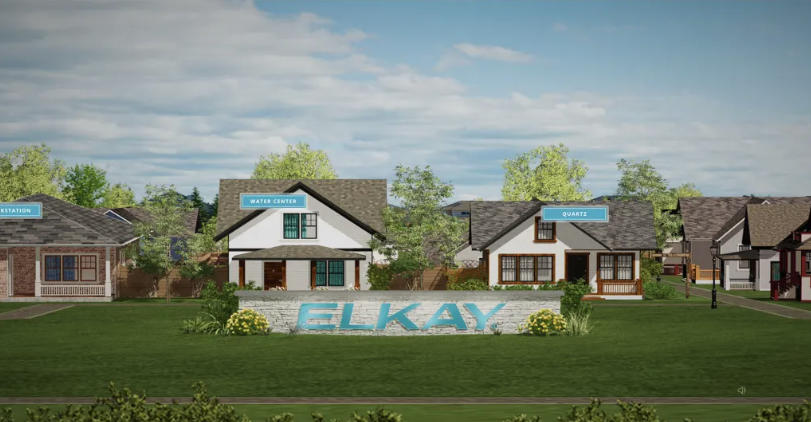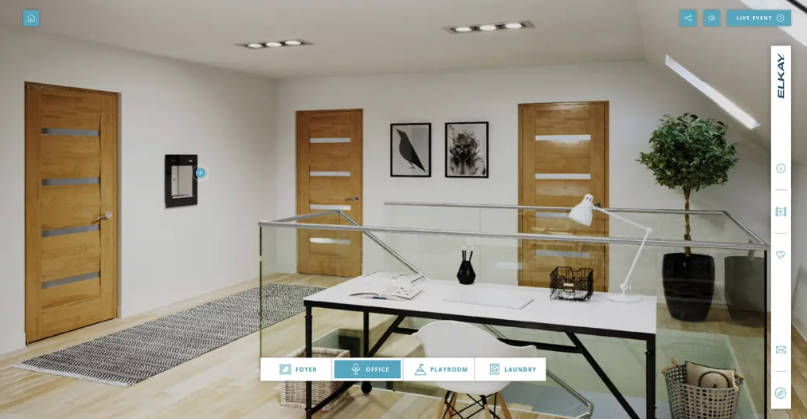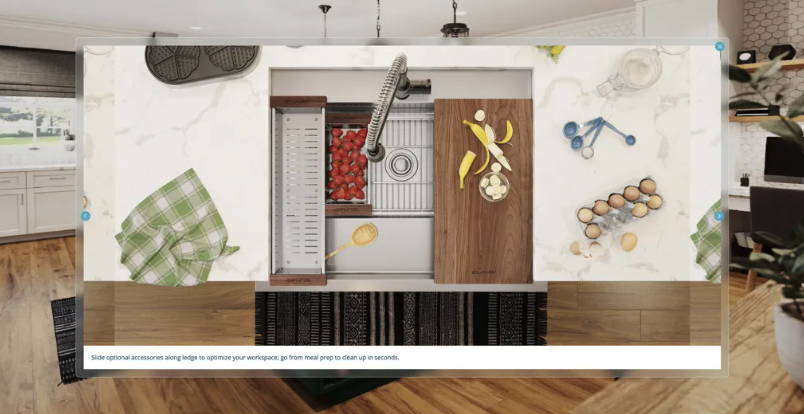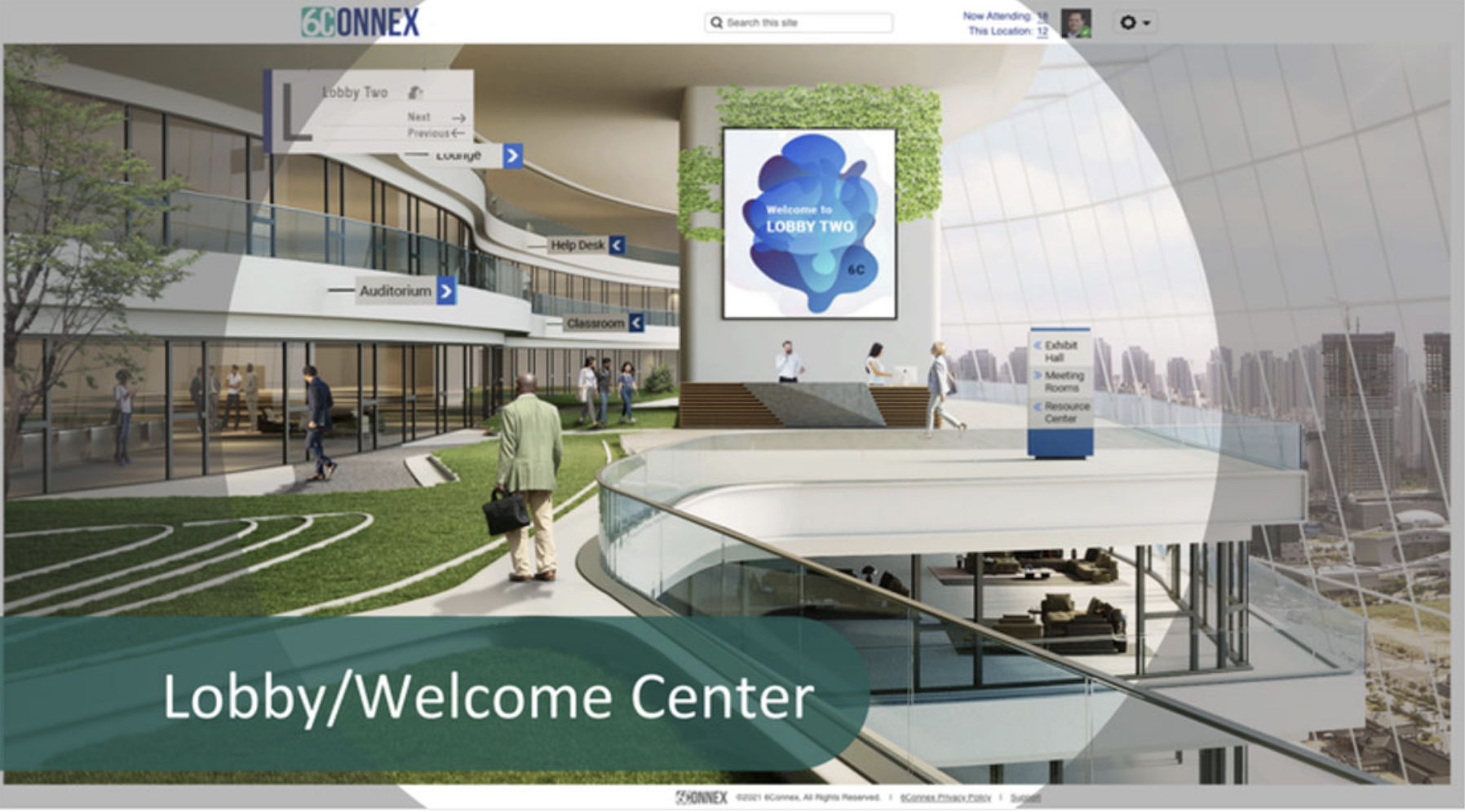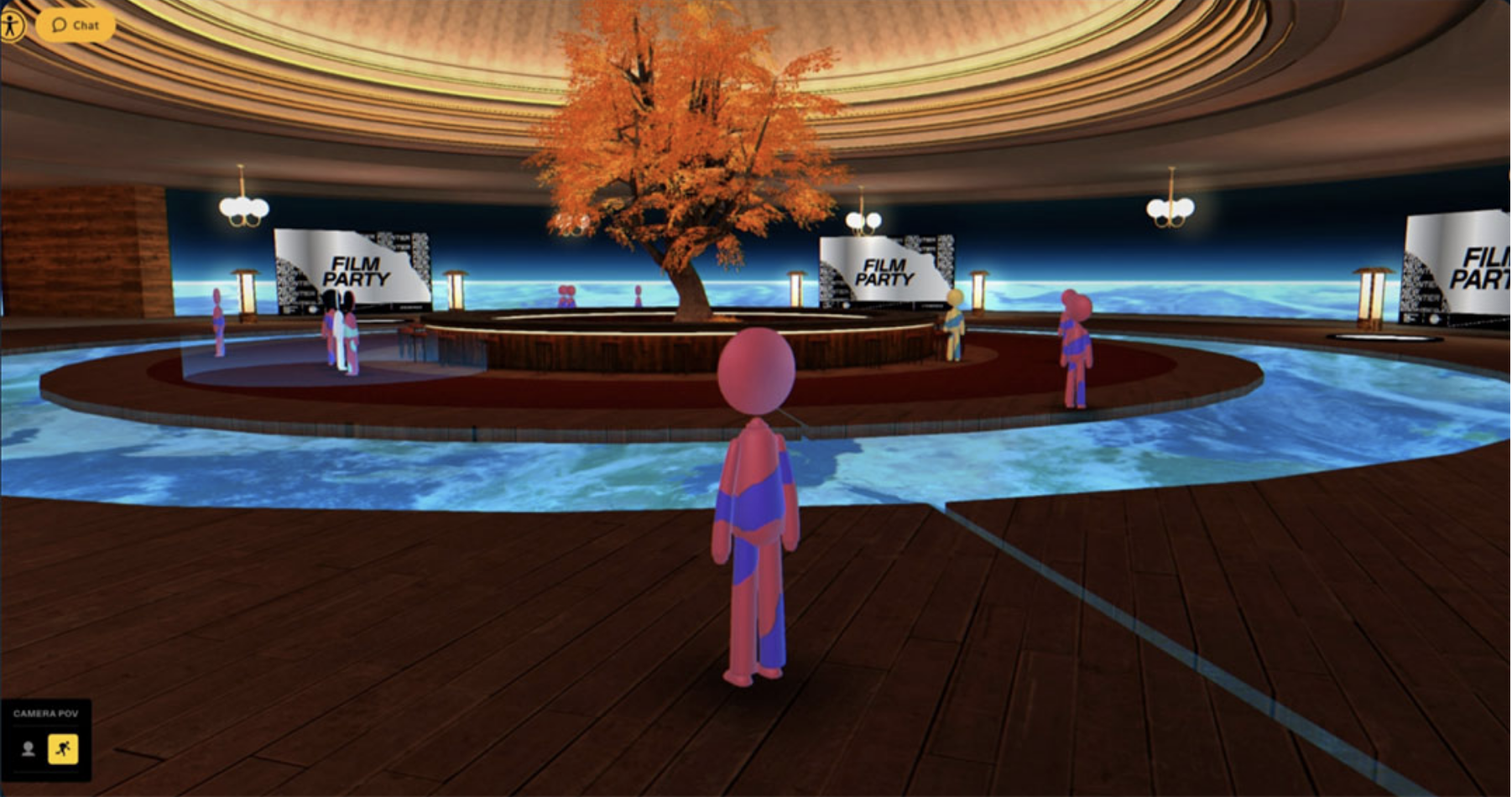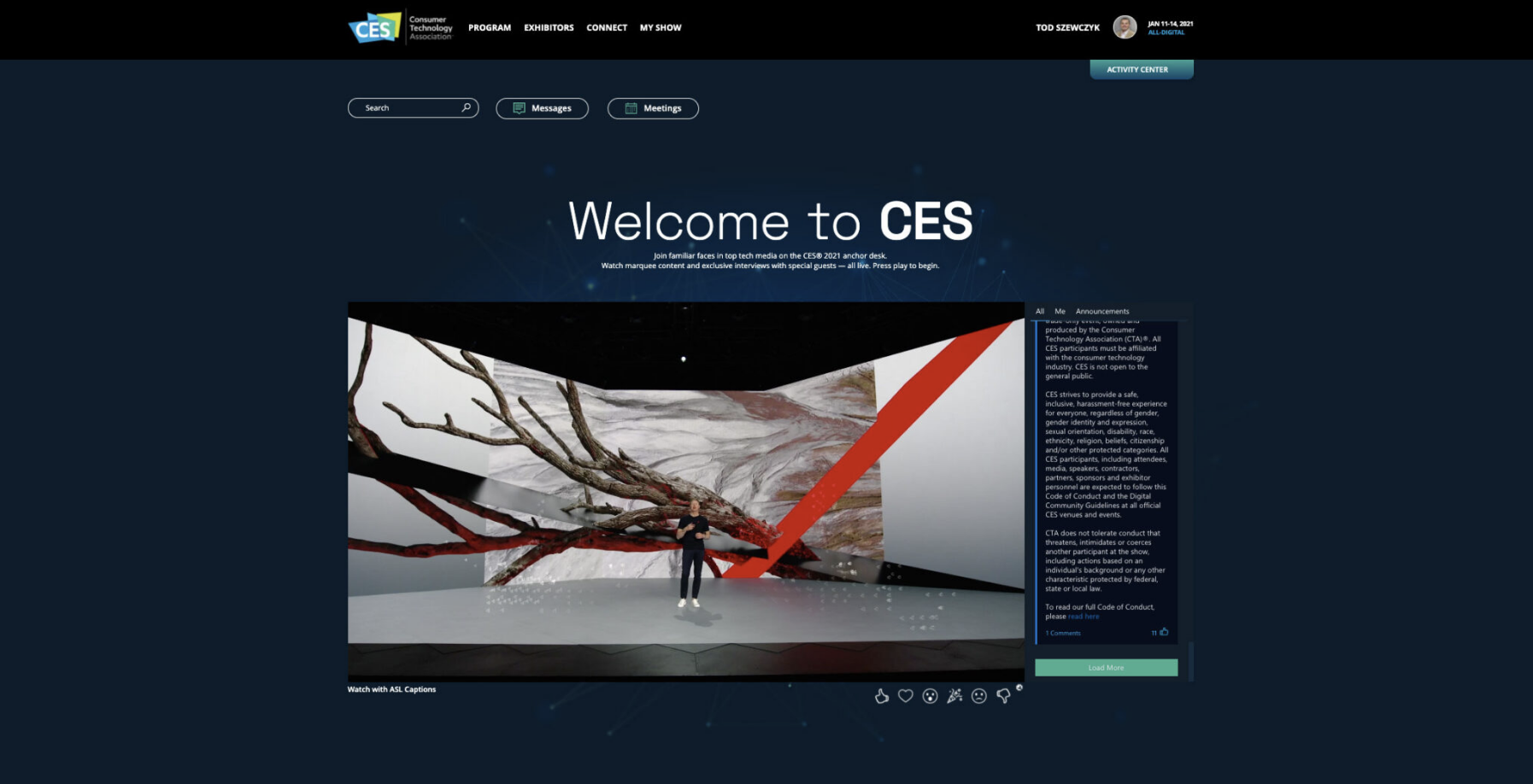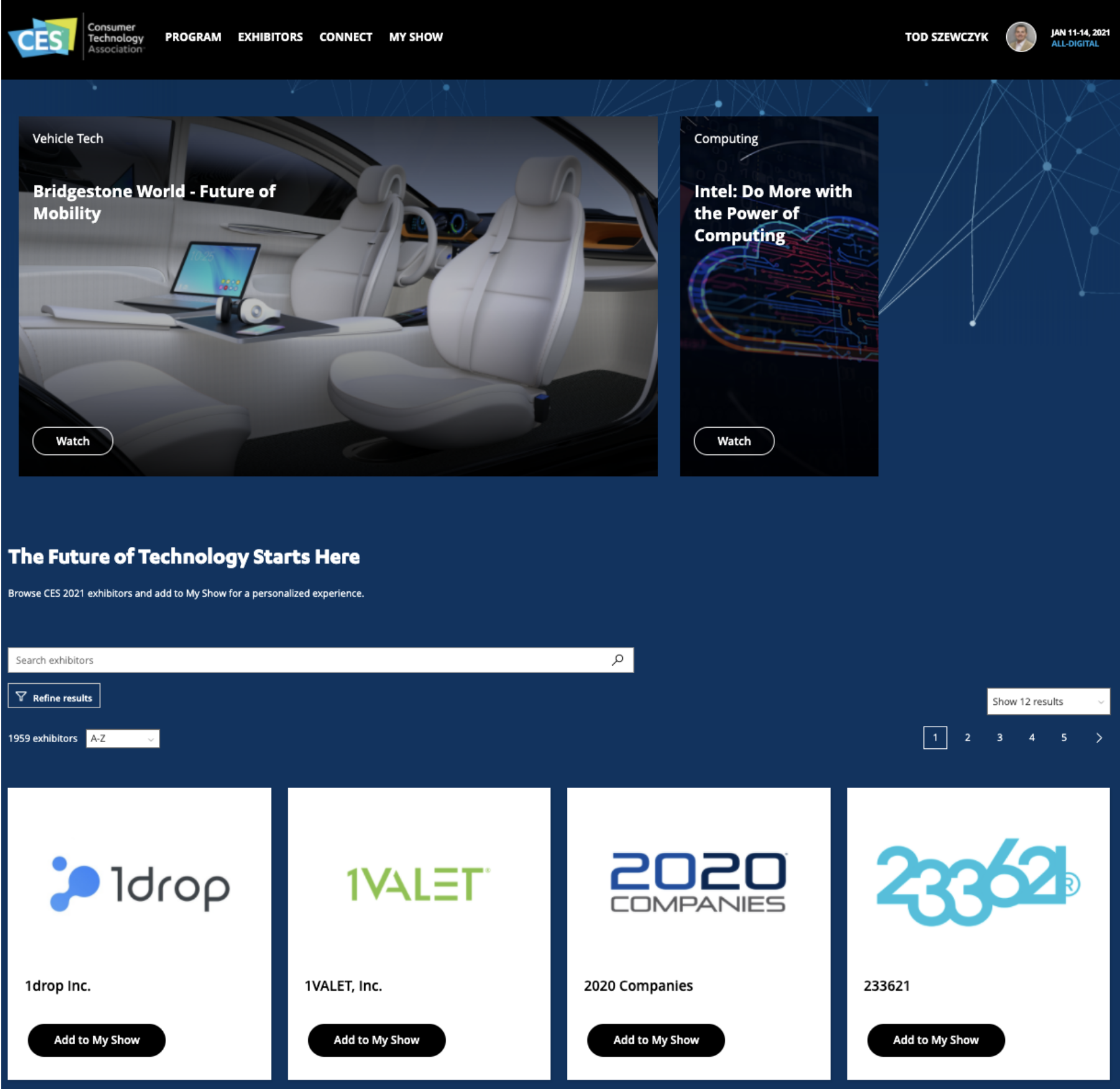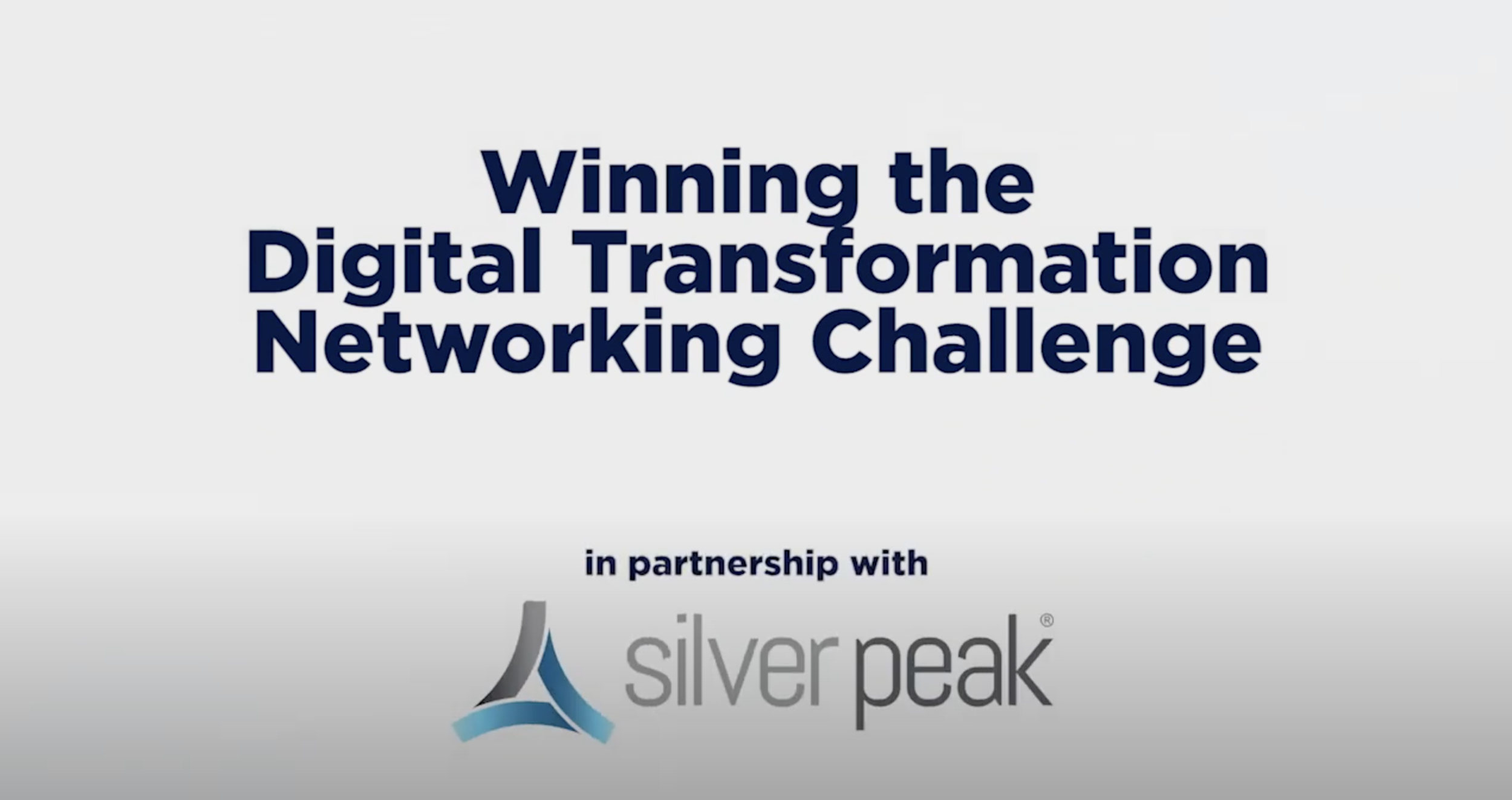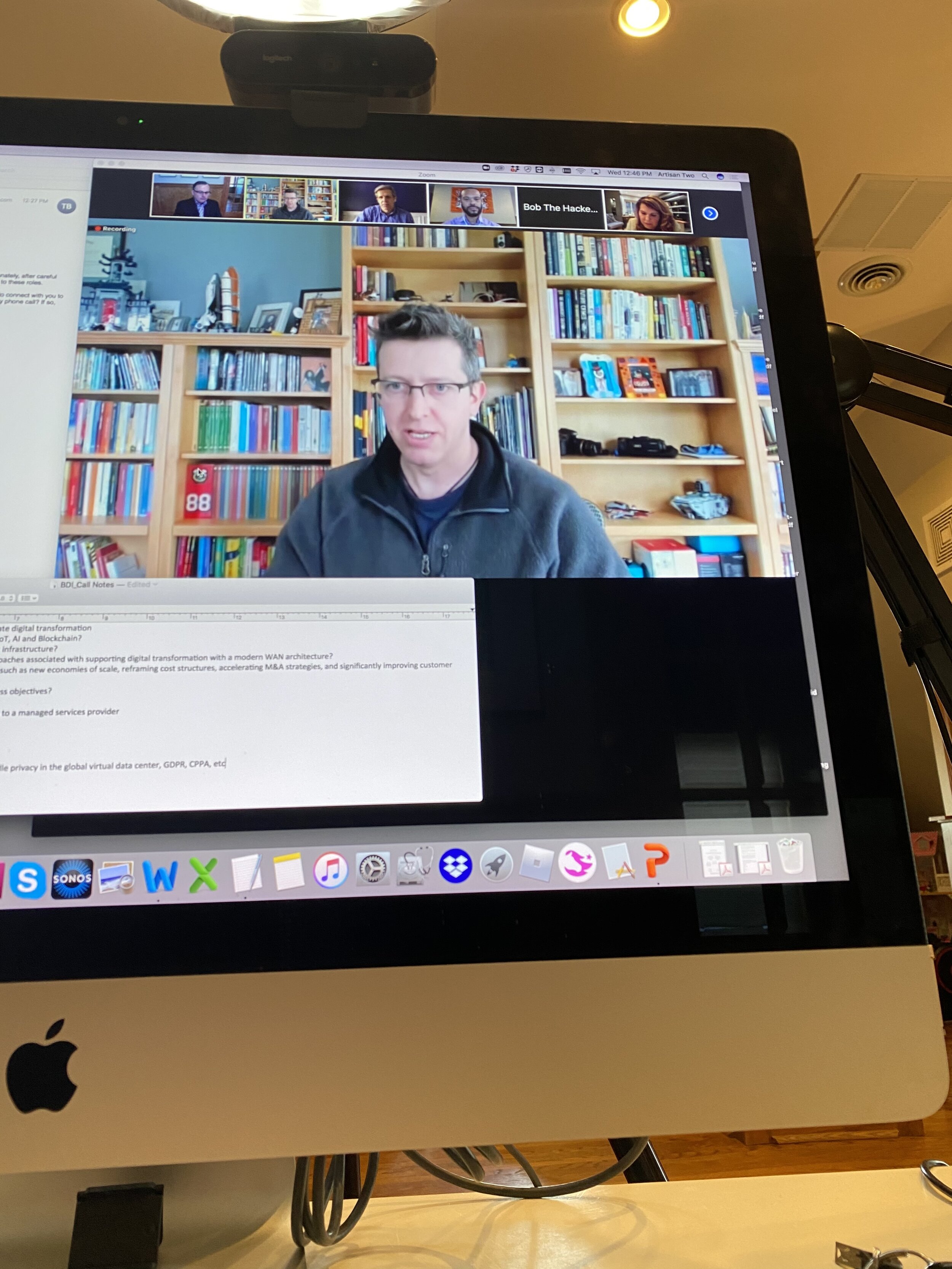Work: Elkay's Virtual Neighborhood
I led digital strategy and development on this project which launched as a virtual event for Elkay at the 2021 Kitchen and Bath Industry Show. The development partner on this was Groove Jones, the content below is from their post about the project. The site is still live, access here. As a note, you will need to register to gain access. Similar to the Yale project listed below, this experience consisted of two sites linked together, an event site built on Swoogo and the immersive site built with WebGL. To read more, visit August Jackson’s site here. The project has garnered 3 awards to date, a Bronze in the Best Metaverse/Immersive Experience and a Silver in the Best Pandemic-Era Transformation categories from Event Marketer Experience Design and Technology Awards 2022. The project also won a Award of Excellence in the visual appeal and aesthetic category from the Communicator Awards.
Site Start Page
When Conferences Go Virtual – Elkay Goes Digital With Interactive Web Exhibit for Their Latest Product Demos.
In 2021, KBIS (Kitchen Bath Industry Show), North America’s largest trade show dedicated to all aspects of kitchen and bath design, went virtual due to the COVID-19 pandemic. August Jackson, the agency for Elkay Manufacturing, was recognized last year by KBIS with the exhibition’s Best Large Booth Award. The “Elkay Neighborhood” exhibition, created for the 2020 event, showcased a 9,000-square-foot installation with designs from over 600 brands. August Jackson turned to Groove Jones to help them turn their award-winning concept into a bigger-than-life digital experience for 2021.
Elkay launched the Virtual Neighborhood as part of KBIS Virtual. The site features a digital neighborhood with five unique houses where customers can tour the latest Elkay products and interact with them in meaningful ways.
The Virtual Neighborhood is being promoted via direct mail to their customers and on the Elkay website, along with highlights of their latest product announcements, project tools, and live event links.
The neighborhood comprises five primary houses that can be explored, surrounded by various other homes. Visitors to the site use their mouse to move around. The setting is animated and will parallax giving the world depth as they move around.
Parallax Neighborhood Experience
The Workstation House
The Workstation House features three sink product lines – Crosstown Stainless, Fireclay, and Quartz paired with various kitchen faucets. Each product SKU featured a unique, beautifully rendered kitchen with interactive hot spots that allow visitors to tap and view product info, watch product videos, browse an image gallery and save the SKU to their user profile.
ezH2O LIV® House
The ezH2O Liv® House features the ezH2O Liv®, a filtered water dispenser designed to fit any space seamlessly. Within multiple areas in the house. The rooms that included a foyer, office, playroom, and laundry have interactive hot spots that allow visitors to tap and view product info, watch product videos, and save the SKU to their user profile.
This house included an interactive mode where customers can tap and view the different ezH2O LIV® color options available.
Quartz House
The Quartz features the Elkay Quartz Luxe® sinks, where you can add color to your kitchen! This fully interactive house allows the visitor to customize the kitchen and select five different color options for the Elkay Quartz Luxe® sinks. Each product SKU features a unique, beautifully rendered kitchen with interactive hot spots that allow visitors to tap and view product info, watch product videos, browse an image gallery and save the SKU to their user profile.
The Dart Canyon™ House
Dart Canyon™ is a testament to Elkay’s passion for ingenuity. This house features a new dynamic sink that is ADA-compliant. The kitchen includes interactive hot spots that allow visitors to tap and view product info, watch product videos, browse an image gallery and save the SKU to their user profile.
The experience recently won the Event Marketer, Experience Design & Technology Award – Best Metaverse/Immersive Experience.

